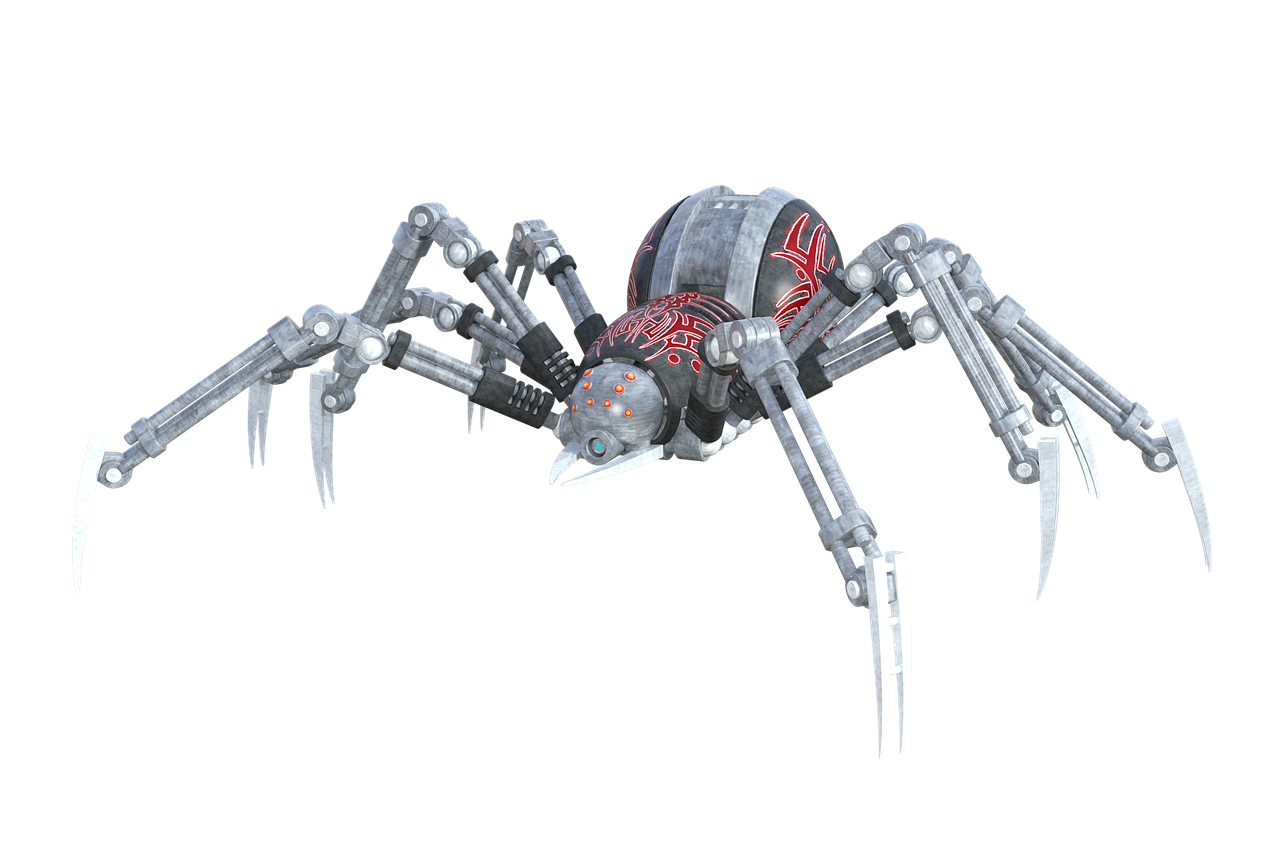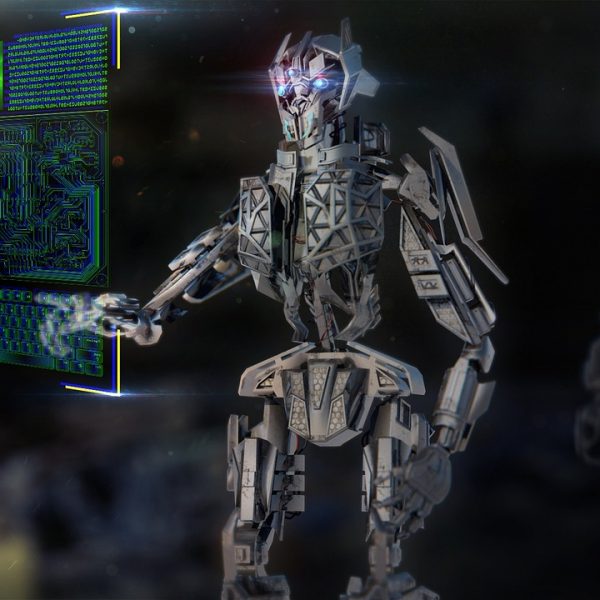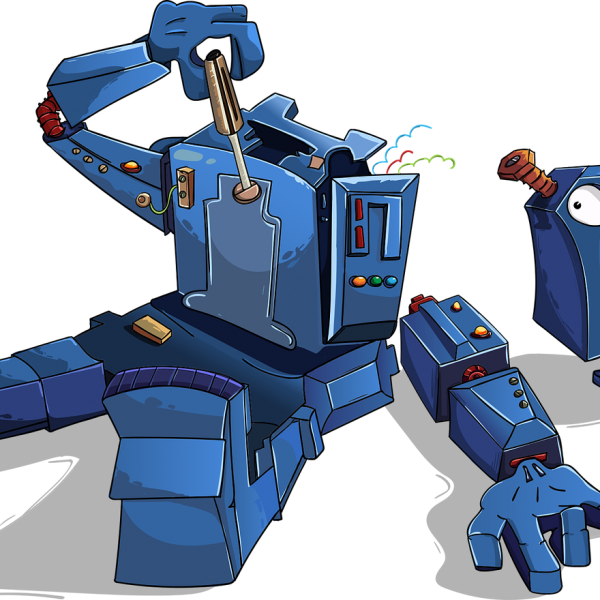We are in the midst of a new revolution in robotics. The convergence of artificial intelligence, advanced sensors, new materials, and cloud robotics is unleashing a wave of innovation that will fundamentally transform many industries. 2022 is proving to be a landmark year as these technologies enable robots to become cheaper, smarter, and more capable than ever before.
This robotics revolution will have profound economic and societal impacts as autonomous machines take on more complex real-world tasks. Let’s explore some of the key drivers of this transformation and the impacts we can expect to see in 2022 and beyond:
AI Software Makes Robots Smarter
The exponential progress of artificial intelligence algorithms is making it possible to train robots to handle ambiguous real-world situations far beyond repetitive industrial tasks. AI techniques like deep reinforcement learning allow robots to learn motor skills through trial and error. And advanced computer vision fueled by neural networks helps robots better understand physical environments.
In 2022, we’re seeing broader commercial deployment of AI-enabled collaborative robots like Boston Dynamics’ Stretch that can unload trucks according to customer orders without pre-programming. AI robots can also perform services like restaurant food prep, warehouse inventory, and agricultural harvesting. As the software gets smarter, more human job categories will be impacted.
Democratizing Robotics Development
New development tools are enabling faster and cheaper robot creation by companies and individual innovators. Platforms like ROS, Microsoft’s Arizona, and MATLAB’s ROS toolbox make it easier to prototype and deploy intelligent machines. And 3D simulation environments like Meta’s Isaac allow testing robots in virtual settings.
This democratization of robotics will unleash a wave of next-gen machines tailored to specialized tasks. 2022 may mark a Cambrian explosion of creative autonomous designs as robotics development is no longer limited to big tech. Expect to see robots spread into industries like construction, healthcare, retail, and more as they become economical even for small businesses.
Computer Vision and Spatial AI
Robots require situational awareness equal to humans in order to work safely and effectively. Advances in sensors, optics, and computer vision algorithms are giving robots more acute perception of objects, people, and spatial relationships around them.
Depth-sensing RGB-D cameras and solid-state LiDAR arrays allow robots to build 3Dmaps and visualize movement in time and space. This spatial intelligence lets robots navigate dynamically without needing pre-mapped environments.
In 2022, warehouses and factories will deploy more intelligent mobile robots that can find their own paths. And spatial AI enables collaborative robots to adapt to worker movements and unfamiliar locations. Greater environmental awareness makes robots more flexible.
Tactile Robotic Skin
Giving robots the senses of touch and proprioception unlocks more human-like manipulation of objects. Electronic skin coverings made of flexible sensor arrays allow robots to detect pressure, vibrations, and textures in real-time. This artificial somatosensory feedback becomes input for controlling grasps and movements.
Machine learning helps robots interpret tactile signals the same way humans intuitively make sense of our sense of touch. This is moving robots beyond visual-only perception into the realm of tactile dexterity.
In 2022, delicate tasks like handling fruits, inserting flexible cables, and mimicking human movements will benefit from the power of tactile robotic skin and training robots’ sense of “feel.”
Energy Storage and Wireless Charging
One factor limiting many robots has been battery technology and power constraints. But new materials like graphene and gallium nitride along with improved supercapacitor designs are enabling faster charging and higher-capacity storage solutions. This gives robots greater freedom of movement.
Over-the-air wireless charging methods using inductive coils are also allowing robots to recharge simply by moving over pads and parking above transmitters. Automated battery swapping stations will keep larger robots continuously powered.
These power innovations will reduce downtime and expand the travel range for current robots. But most excitingly, improved energy profiles open the door for future miniaturized designs and fleet applications.
Cloud Robotics and 5G
Expanding high-bandwidth 5G networks will accelerate the growth of cloud robotics, where connected robots offload processing and learning to centralized servers. Streaming visual data from robots to the cloud allows them to tap into almost unlimited computation.
This will reduce hardware costs of individual robots by keeping onboard processors simpler. Fast 5G will minimize latency when offloading complex neural network processing to the cloud. And robots can combine their real-world experiences into collective knowledge.
The reality of widely dispersed 5G coverage is still years away. But in 2022, we’ll see early teleoperated applications where specialized operators can see through robots’ sensors and manipulate multiple units remotely. The groundwork gets laid for cloud robotics.
More Capable Manipulators
Advances in mechanical design and mechatronics are making robot limbs more flexible, dexterous, and safe – closing the gap with human capabilities. A combination of lightweight materials, modular components, and backdrivable servo motors gives arms and grippers impressive finesse.
New generations of adaptive robot hands can dynamically modulate finger stiffness and contact forces when manipulating objects. This allows gently lifting both eggs and metal tools with the same gripper. Robots in structured factory environments are giving way to more adept general-purpose designs.
The precision needed for machinists, surgeons, janitors, and home health aides relies on these more capable and compliant manipulators. They bring robots into messy real-world situations following the human model.
Swarm Robotics
Taking inspiration from ants and bees, groups of simple robots are demonstrating how distributed coordination algorithms can enable collective problem solving. Rather than rely on complex individual units, cheaper swarm robots together exhibit intelligent emergent behaviors.
Advances in swarm communication, automation, and cloud orchestration make managing and optimizing large teams of robots more viable. We may soon see coordinated drones inspecting crops or construction sites as a swarm fleet.
In 2022, researchers will continue pushing the boundaries of swarm robotics by exploring increasingly dense networks with more sophisticated collaboration capabilities. There is untapped potential in the power of the collective.
Soft Robotics
Conventional robots built from rigid metals fundamentally lack the versatility of organic beings composed of soft muscular and neural tissues. But new soft robotics utilize flexible and deformable materials that mimic the compliance of natural organisms.
Soft pneumatic actuators, electroactive polymers, and flexible sensor skins allow these robots to safely adapt their motions and deform when interacting with external objects or forces. This brings huge advantages for real-world situations.
In 2022, soft assistive gloves and wearable exoskeletons will enable more intuitive human-robot collaboration in factories. And soft robot designs like octopus tentacles open new horizons for delicate tasks with environmental variability.
Automated Production Lines
Drawing from all the mentioned innovations, factories are digitizing operations with increasingly automated production lines requiring minimal human input. Robots handle manufacturing tasks end-to-end from raw materials to finished products.
AI optimizes workflows to maximize efficiency across the assembly line. Machines handle the physical labor once performed by human factory workers. Only a small supervisory team is needed to oversee robotic manufacturing operations.
This robot-driven transformation will accelerate in 2022 as more companies realize the economic benefits of automation. And consumers will see cheaper prices passed down as labor costs drop.
Robots for the Home
While industrial contexts lead adoption, robots are also making their way into our homes and daily lives. Consumer robot startups raised $1.5 billion in VC funding in 2021, doubling from 2020 as the market matures.
Friendly interactive robots provide entertainment and connections for kids and seniors. Home robots vacuum floors, mop, patrol for intruders, and assist disabled individuals. Carebots even comfort patients and monitor health.
As prices drop and safety rises, personal and home robots will become a massive consumer category. 2022 will see more affordable options targeted at average consumers looking for convenience, help, and companionship.
A Revolution Has Begun
The collective impact of these robotics innovations converging simultaneously means 2022 will mark a profound inflection point. While cycles of hype and inflated expectations are not new, this time core technical bottlenecks are being shattered.
We stand at the cusp of autonomous machines moving from structured environments into the mainstream. But with great opportunity comes great responsibility. The ethical implications of displacing human jobs demand prudent planning and policies to avoid economic displacement.
But the potential is staggering – a world with ubiquitous robot helpers could liberate humanity from dangerous and dreary tasks. We may look back at 2022 as the pivotal year when the real-world robot revolution began in earnest. The future is being built before our eyes.




